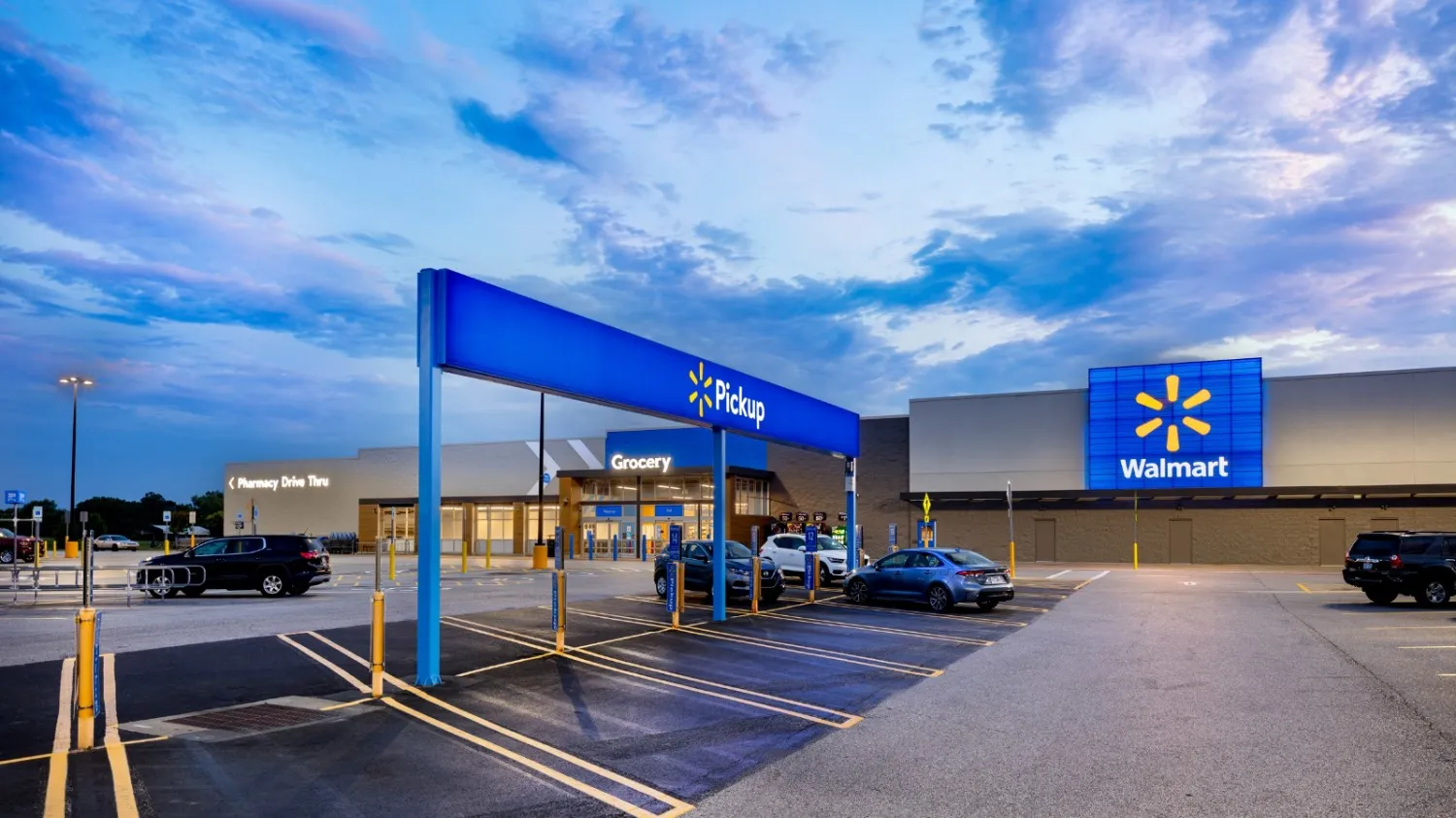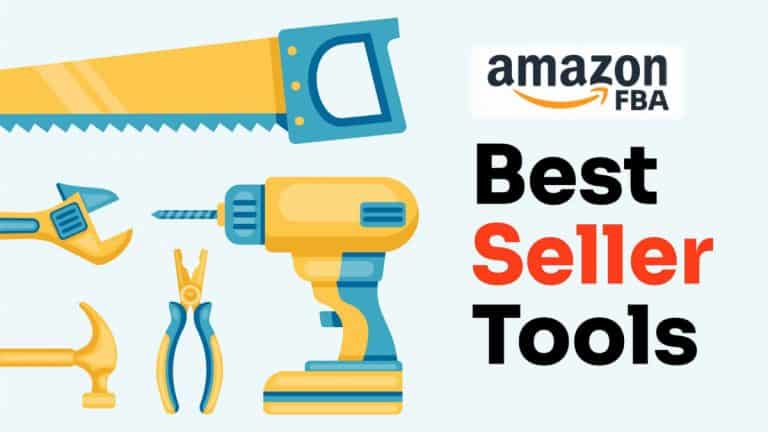From Sourcing to Scaling: The Hidden Secrets of a Successful Amazon Wholesale Business

The Amazon Wholesale FBA business model has emerged as one of the most lucrative ways to generate revenue in the e-commerce space. Unlike private label or drop shipping, wholesale involves purchasing branded products in bulk and reselling them on Amazon for a profit. While this model offers stability and scalability, many sellers struggle with sourcing profitable products, maintaining supplier relationships, and effectively scaling their business. In this guide, we’ll uncover the hidden secrets that can help you build a thriving Amazon Wholesale FBA business.
Understanding the Amazon Wholesale FBA Model
Before diving into the secrets of success, it's essential to understand how Amazon Wholesale FBA works. Sellers buy products directly from manufacturers or authorized distributors in large quantities and then ship them to Amazon’s fulfillment centers. Amazon handles storage, packaging, and shipping, allowing sellers to focus on sourcing and scaling. The key advantage of wholesale over other models is selling well-known brands with established demand, minimizing the need for extensive marketing efforts.
Secret #1: Mastering Product Sourcing with Data-Driven Decisions
One of the biggest challenges in Amazon Wholesale FBA is sourcing the right products. Many new sellers make the mistake of choosing products based on gut feelings instead of data. To succeed, you must leverage Amazon analytics tools like Keepa, Jungle Scout, and Helium 10 to analyze product demand, competition, and pricing trends.
Look for products that have consistent sales history, low competition from Amazon itself, and a healthy profit margin. Avoid brands that have strict selling restrictions or are prone to frequent price fluctuations. Instead of chasing trendy products, focus on evergreen items that sell consistently throughout the year.
Secret #2: Building Strong Supplier Relationships
Finding reliable suppliers is crucial for maintaining a steady inventory and securing better pricing. Many sellers rely solely on online wholesale directories, but the real goldmine lies in trade shows, manufacturer websites, and direct outreach to distributors. Establishing long-term relationships with suppliers can lead to exclusive deals, lower minimum order quantities, and priority stock access.
When contacting suppliers, always position yourself as a professional business rather than an individual reseller. Create a professional email address, have a company website, and use a business phone number. Be persistent in follow-ups and negotiate better pricing based on order volume. The stronger your relationship with suppliers, the better your profit margins will be.
Secret #3: Winning the Buy Box with Competitive Pricing Strategies
The Amazon Buy Box is where the majority of sales happen. Winning it consistently requires a strategic approach to pricing and inventory management. Many sellers assume that the lowest price always wins the Buy Box, but Amazon’s algorithm considers other factors like fulfillment method, seller ratings, and order defect rate.
To stay competitive, use repricing tools like RepricerExpress or BQool to automatically adjust prices based on market conditions. However, avoid racing to the bottom, as excessive price drops can erode your profit margins. Instead, focus on maintaining a balance between competitive pricing and profitability.
Secret #4: Optimizing Listings for Higher Conversions
Even though you’re selling well-known brands, optimizing product listings can significantly impact your sales. Many wholesale sellers overlook the importance of optimizing product titles, bullet points, and backend search terms. While you may not be able to change the product images or brand descriptions, you can enhance your contribution to the listing with keyword-rich backend search terms.
Use tools like Helium 10 or MerchantWords to identify high-performing keywords related to your product. Ensure your backend search terms include relevant variations and synonyms that potential buyers might use. This small tweak can increase your product’s visibility and boost sales without additional advertising costs.
Secret #5: Inventory Management to Avoid Stockouts & Excess Storage Fees
Effective inventory management is key to maintaining a profitable wholesale business. Running out of stock can result in lost sales and a lower Buy Box ranking, while overstocking can lead to high storage fees. Using tools like SoStocked or RestockPro can help forecast demand and maintain optimal stock levels.
Regularly review your inventory performance reports in Seller Central to identify slow-moving products and take action before long-term storage fees accumulate. If a product isn’t selling as expected, consider running promotions or adjusting your pricing strategy to move inventory faster.
Secret #6: Scaling Beyond One or Two Products
Many sellers get stuck in the trap of relying on just a handful of products for revenue. While these products may perform well initially, a sustainable business requires diversification. As you scale, expand your catalog by adding complementary products within the same niche.
Scaling also involves increasing your purchasing power. As your sales grow, negotiate better pricing and payment terms with suppliers. Moving from small wholesale orders to bulk purchases can significantly improve your margins. Additionally, consider expanding to international Amazon marketplaces like Amazon UK, Canada, or Germany to reach a larger audience.
Secret #7: Leveraging Amazon Ads for Maximum Profitability
Although wholesale products already have established demand, using Amazon PPC (Pay-Per-Click) advertising can further boost your sales. Running targeted Sponsored Product campaigns can help you increase visibility, win the Buy Box more frequently, and outperform competitors.
Focus on high-converting keywords and continuously optimize your campaigns by analyzing performance metrics. Set a target Advertising Cost of Sale (ACoS) that aligns with your profit margins to ensure that your ad spend remains profitable.
Conclusion
Building a successful Amazon Wholesale FBA business requires more than just finding products and listing them on Amazon. By mastering product sourcing, building strong supplier relationships, optimizing listings, managing inventory efficiently, and leveraging Amazon’s advertising tools, you can create a sustainable and scalable business.
The wholesale model offers immense potential, but success depends on a strategic approach. By implementing these hidden secrets, you can stay ahead of the competition and maximize your profitability in the ever-growing Amazon marketplace.





